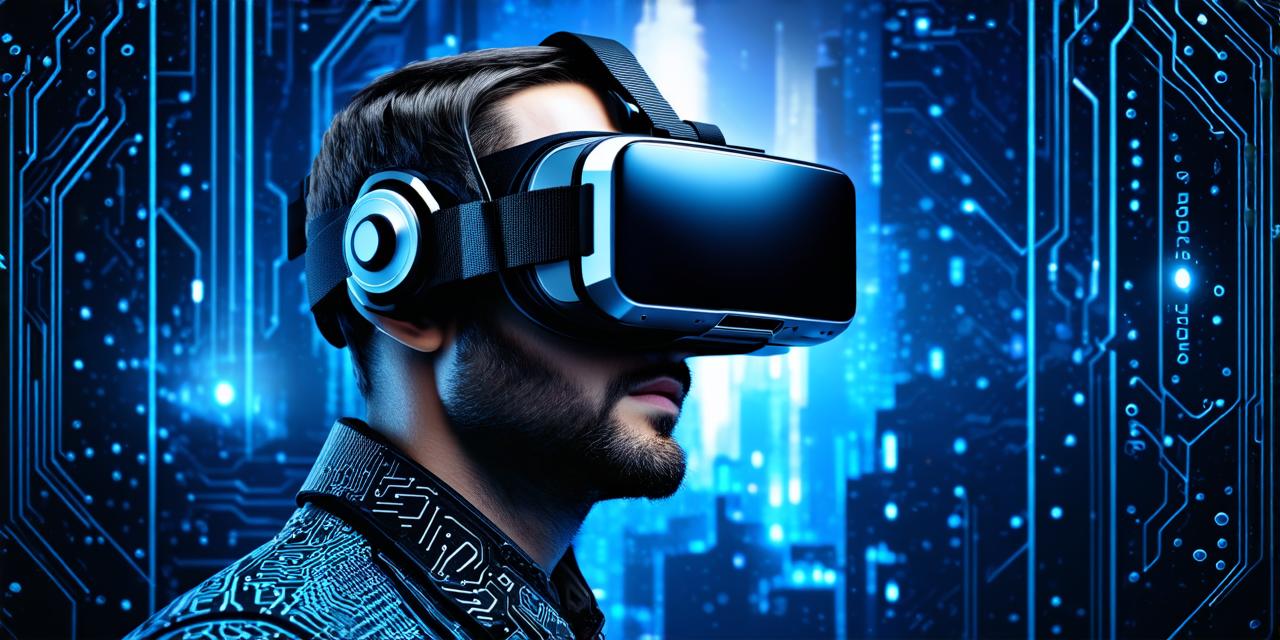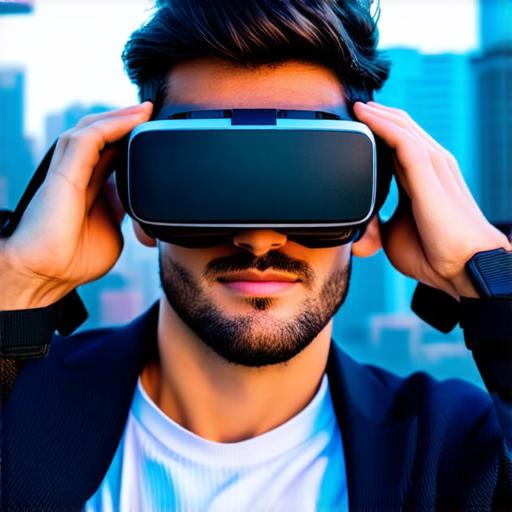
How do virtual reality headsets work?
As virtual reality technology continues to evolve, more and more people are turning to VR headsets as a way to immerse themselves in new experiences.
Whether you’re a gamer, a designer, or just someone who loves the thrill of trying something new, VR headsets can offer an unparalleled level of immersion that can transform the way we interact with the world around us.

The Science Behind VR Headsets
At its core, a VR headset is a device that tracks the movement of your head and displays a 3D image in front of you. This creates the illusion of being in a different environment, surrounded by a virtual world that responds to your movements in real-time.
There are two main types of VR headsets: standalone and PC-powered. Standalone headsets, like the Oculus Quest 2, don’t require a separate computer or smartphone to function, while PC-powered headsets, like the HTC Vive Pro Eye, do.
The key to creating a realistic VR experience lies in the device’s ability to track your head movements accurately and quickly. This is achieved through a combination of sensors, cameras, and algorithms that work together to create a 3D model of your environment.
One of the most important components in a VR headset is the display. Most VR headsets use LCD screens, which are capable of displaying high-resolution images at a fast refresh rate. This is essential for creating a seamless and immersive experience that feels as if you’re truly inside a virtual world.
Another key factor in the success of a VR headset is its tracking system. Most VR headsets use a combination of sensors, cameras, and algorithms to track your head movements accurately and quickly. This allows the device to adjust the image you see in real-time, creating the illusion of being in a different environment.
One of the most common ways that VR headsets track head movement is through a system called “inside-out tracking.” This uses cameras on the outside of the headset to track your movements and adjust the image you see accordingly. Another method is “outside-in tracking,” which uses sensors attached to your body or in your environment to track your movements.
In addition to tracking your head movement, VR headsets also use a variety of other sensors to create a more realistic experience. These include accelerometers, gyroscopes, and magnetometers, which can all help to improve the accuracy and responsiveness of the device.
Choosing the Right VR Headset for You
When it comes to choosing a VR headset, there are several key factors to consider. These include the device’s resolution, field of view, and tracking system.
Resolution is one of the most important factors to consider when choosing a VR headset. Higher resolution devices offer a more immersive experience, with more detailed and lifelike images that can help to create a stronger sense of presence.
Field of view is another important consideration. A wider field of view allows you to see more of the virtual environment around you, which can be especially useful for tasks like exploration or gaming.
Tracking system is also an important factor to consider when choosing a VR headset. Inside-out tracking is generally considered to be more accurate and responsive than outside-in tracking, as it doesn’t require any external sensors or equipment to function.
Real-World Examples of VR Headsets in Action
Virtual reality technology is already being used in a variety of industries, from gaming and entertainment to healthcare and education.


